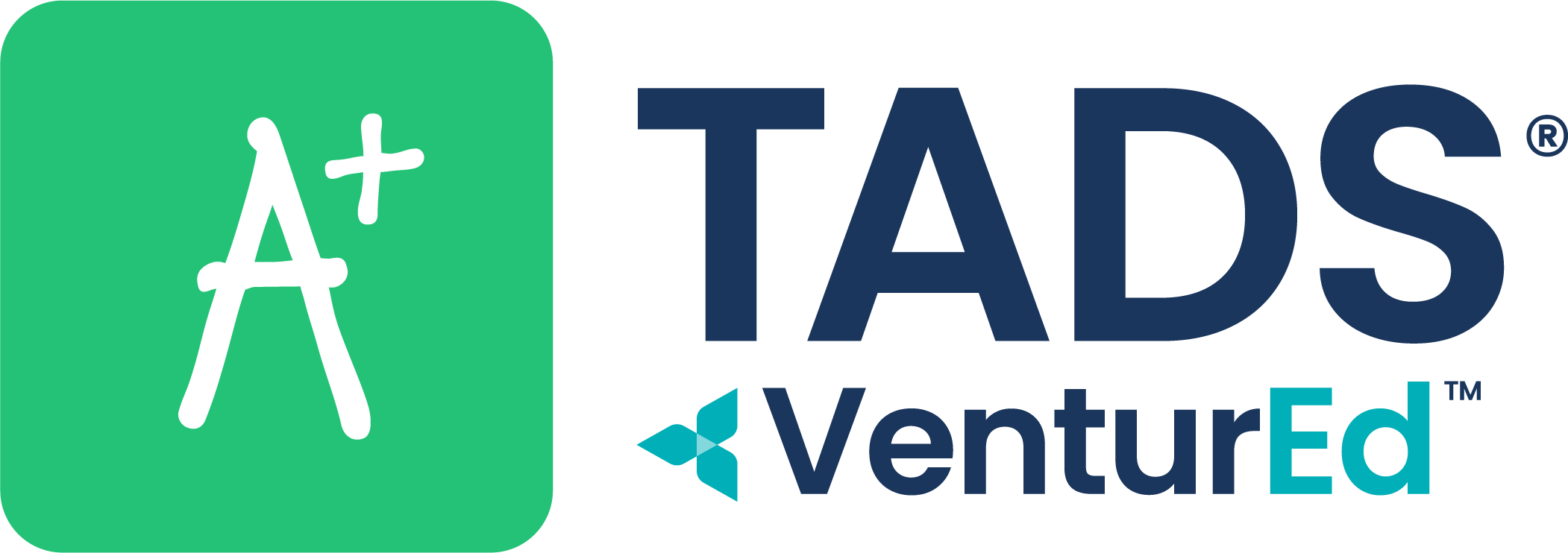Grant Management
There are multiple scenarios in which TADS Grant Management can help fairly distribute finite pools of grant or aid funds among a population.
The TADS Grant Management program helps financial aid administrators distribute scarce tuition grant money in the most effective way possible. TADS calculates two numbers that are the foundation of grant management:Student Tuition Need (or simply Tuition Need)
-
Student Tuition Need (or simply Tuition Need) This is the tuition reduction a family needs for a particular child in the household, the amount without which the family would begin to experience financial stress.
-
Family Tuition Need This is the sum of Student Tuition Need for all children in a household applying to your school. Whenever an applicant does not receive the full amount of Tuition Need as financial aid, that applicant will be left with some Unmet Need* and will experience financial stress when trying to make tuition payments.
*Unmet Need (Student Unmet Need) is the difference between student tuition need and what a student actually receives in aid. If an applicant needs $2,000 and receives $1,500 in aid, he/she has an unmet need of $500.
In the past, the main question for grant management was, “How can I best distribute financial aid money to applicants?” (or Unmet Need) among the applicants for assistance?”
The Solution
Because the answer to this dilemma is very much a matter of local philosophy, the TADS Grant Management program offers three possible solutions to the problem of limited resources. Financial aid administrators can then decide, after the fact, which solution is best for their school.
Solution 1: Equal Ratio, gives some money to everyone with need and generates the largest number of grants.
Everyone with tuition need is given a grant that is a fixed percentage of his or her need. However, 50% of everyone’s need is unmet. It’s easy to see that unmet need is greater for the neediest applicants even though they receive the greatest amount of aid.
Solution 2: Equal Unmet Need (or Equal Payment), gives more money to needier applicants but reduces the number of grants.
Everyone who receives a grant has the same unmet need. In this distribution, the neediest applicants receive more. But the neediest applicant is still expected to pay as much for tuition as the least needy applicants.
Solution 3: Equal Stress, gives much more assistance to the neediest applicants and generates the fewest grants.
The less needy the applicant is, the more the unmet need. If the applicant has 10% more contributing power than the next individual, they will have 10% more unmet need.
In Summary
A comparison of the three solutions shows that the equal ratio method results in the greatest number of grants, followed by equal unmet need, and finally by equal stress. The neediest applicants receive the most money under equal stress, less under equal unmet need, and the least under equal ratio.
Suggested Grants* for Each Grant Solution
| Applicant | Tuition Need | Solution 1 Equal Ratio | Solution 2 Equal Unmet Need | Solution 3 Equal Stress |
| A | $4,000 | $2,000 | $2,770 | $3,070 |
| B | $3,600 | $1,800 | $2,370 | $2,580 |
| C | $3,200 | $1,600 | $1,970 | $2,080 |
| D | $2,800 | $1,400 | $1,570 | $1,590 |
| E | $2,400 | $1,200 | $1,170 | $1,100 |
| F | $2,000 | $1,000 | $770 | $580 |
| G | $1,600 | $800 | $370 | $0 |
| H | $1,200 | $600 | $0 | $0 |
| I | $800 | $400 | $0 | $0 |
| J | $400 | $200 | $0 | $0 |
| TOTAL | $22,000 | $11,000 | $10,990 | $11,000 |
*Suggested Grant – A suggested grant is the amount of money TADS recommends a school give to an applicant from its limited resources. The suggested grant will always be less than student tuition need.
